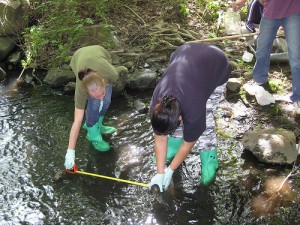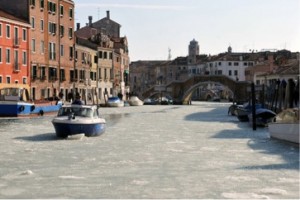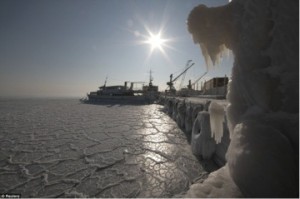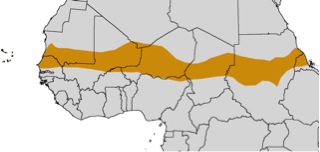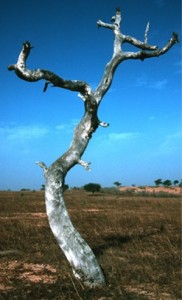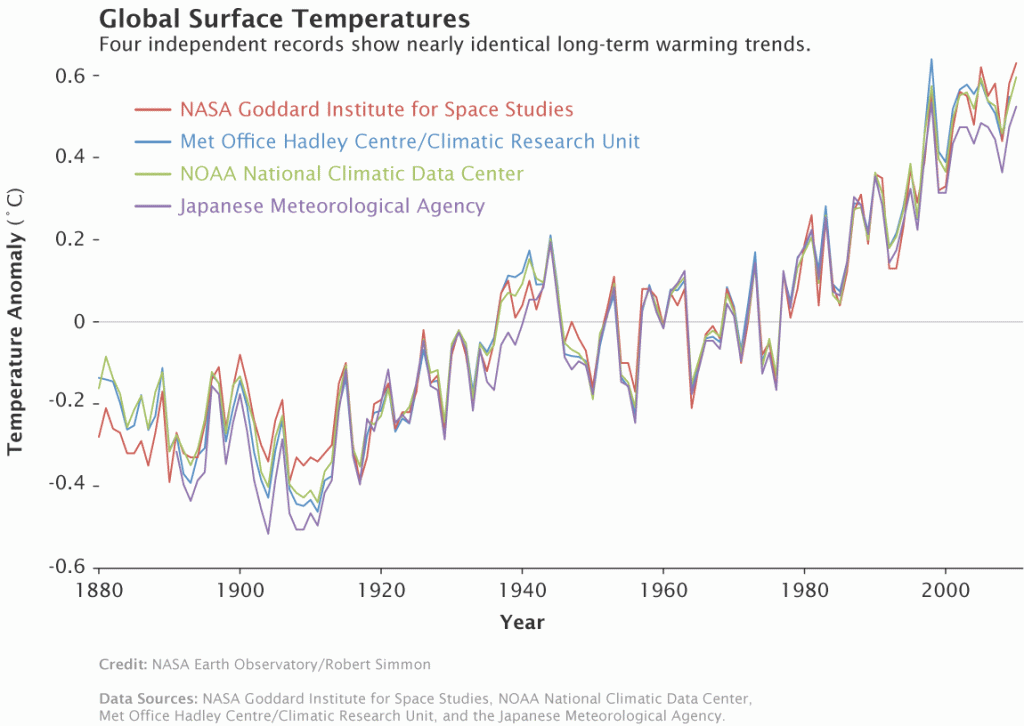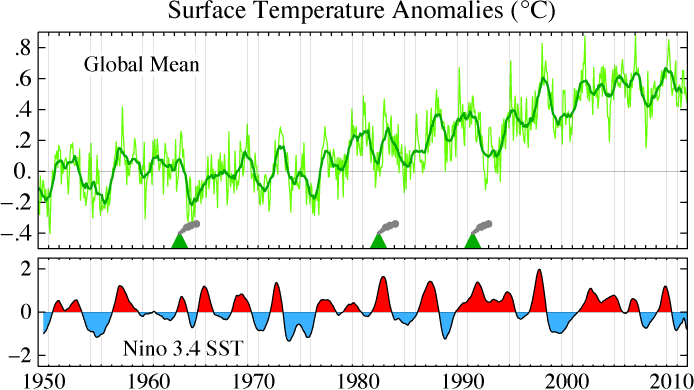This week we have a guest blogger, Dr. Dixon Butler. Dr. Butler was the GLOBE Chief Scientist from 1996-2003 and now works as a consultant to NASA.
The general explanation of the scientific method focuses on comparing two situations that differ in only one clearly defined way. One case serves as the control while the other is the experiment. The results must be replicable as a check that the measurements were made correctly and that any other differences between the control and experiment are insignificant. This is an ideal, but it is impractical when one is studying Earth.
Earth is a complex system with important processes that happen on a wide range of time and space scales. We don’t have another planet to use as a control, so the scientific method must be adapted. In the Earth system, phenomena that happen locally or on short timescales can significantly affect phenomena that take place over larger regions and longer times. The reverse is also true where large scale or long duration phenomena affect small scale and rapid phenomena. For example, the growth of rain forest affects daily storms. In studying Earth, science involves measuring as many phenomena as possible in as many places as possible for as long as possible looking for patterns and correlations.
Earth science research can still involve comparisons, and these are useful, but it is virtually impossible to find two situations that only differ in one specific way. To account for differences that cannot be controlled, research takes a statistical approach. Averages are taken over time and/or space and compared. Differences are analyzed.
For patterns, correlations, and comparisons to be useful, the data for each environmental variable must be intercomparable over time and space. Systematic errors must be avoided.
Because the Earth system obeys scientific laws, these can be used to help understand and even predict environmental phenomena. Today, these laws are incorporated in computer models along with various measured conditions, and the models are used to make comparisons, to assimilate data to better characterize the environment, and to make predictions. The models can be run backward in time to see if they reproduce known past conditions.
The nature of Earth science makes GLOBE possible and worthwhile. The environment around us is constantly changing in ways that are relatively easy to observe and measure. Temperatures vary; clouds blow by; storms come and go; plants bloom. An old Native American saying states that you can never step in the same river twice. So research-quality measurements may be made by students, in some cases even the youngest school children. Because Earth science depends on extensive measurements over time and space and localized phenomena and conditions are significant, student contributed data are an important resource for characterizing Earth. With supports and capabilities provided by GLOBE, students can do science and contribute to understanding the Earth system.
Dixon M. Butler

